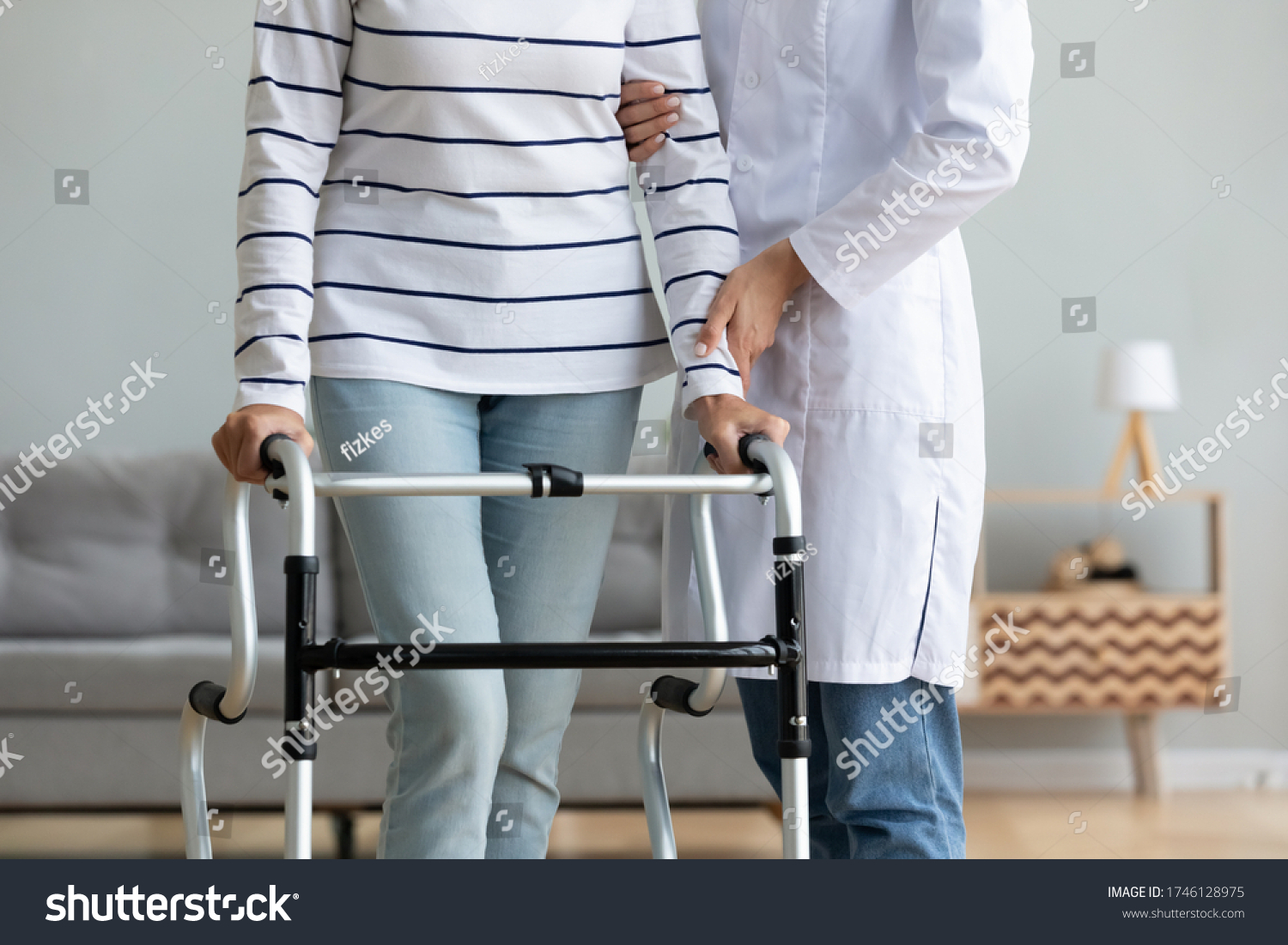Strategies to Maximise Independence
An assistive device is a piece of equipment designed to maintain or improve a person’s level of functioning to maximise independence, and enable greater participation and quality of life (World Health Organisation, 2016).
Take a look at some of the assistive devices listed below that you may commonly encounter in a healthcare setting:
Bed Lever
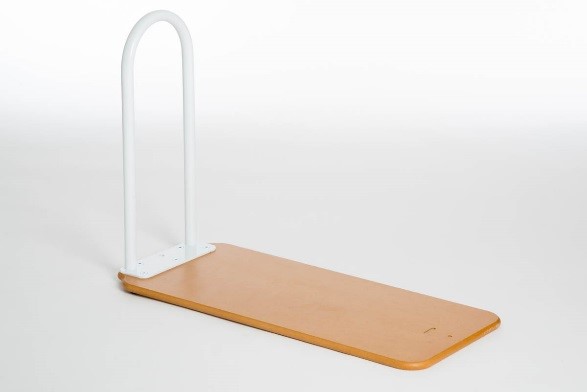
Bed levers are designed to support a person’s bed mobility including transferring on and off the bed, sitting up or rolling over while in bed, and providing stability while seated on the edge of the bed.
Bed levers generally have a hooped handle attached to a plywood or metal base which slides between the mattress and the bed base usually a third of the way down from the head of the bed. The hooped handle may have an adjustable height mechanism allowing for more customisation and support.
Accessible Toilets
There are several types of equipment which can assist someone to use the toilet more independently. In particular:
Raised Toilet Seat
.png)
Supports people who have had a hip or knee replacement or decreased strength and stability, who may have difficulty sitting down and standing up again from a low toilet
Over-The-Toilet-Frame
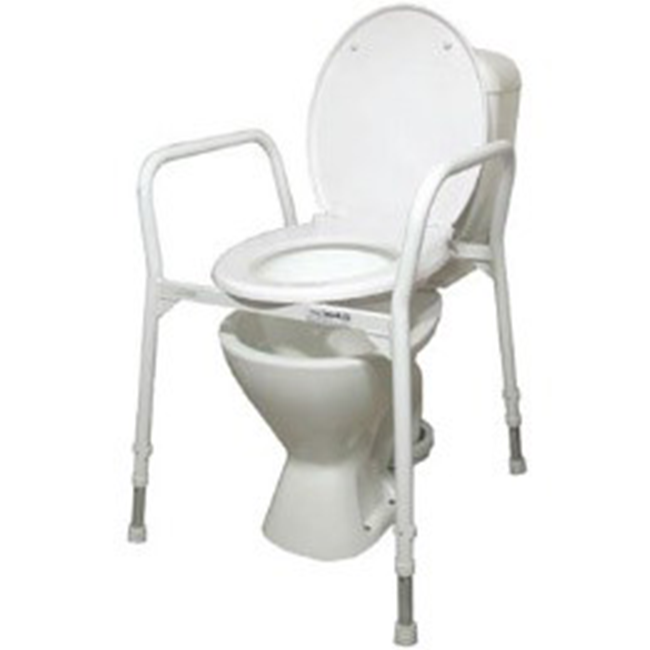
Provides a secure place to hold onto when sitting down on the toilet, and a place to push up from when standing.
Shower Chair
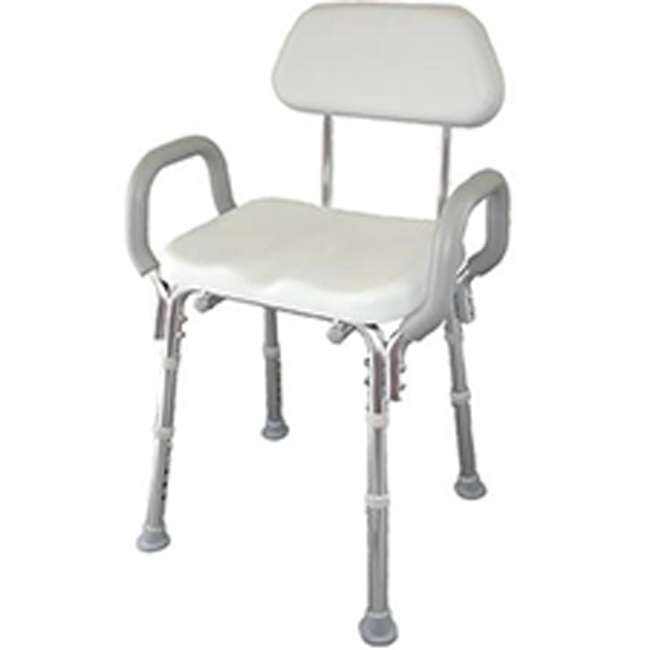
Shower chairs are usually situated in the shower area to allow people to sit while showering independently.
Most shower chairs feature plastic seating, side handles for stability and support, and height adjustable legs. Shower chairs are suited to people with decreased endurance, strength or stability.
Reaching Devices
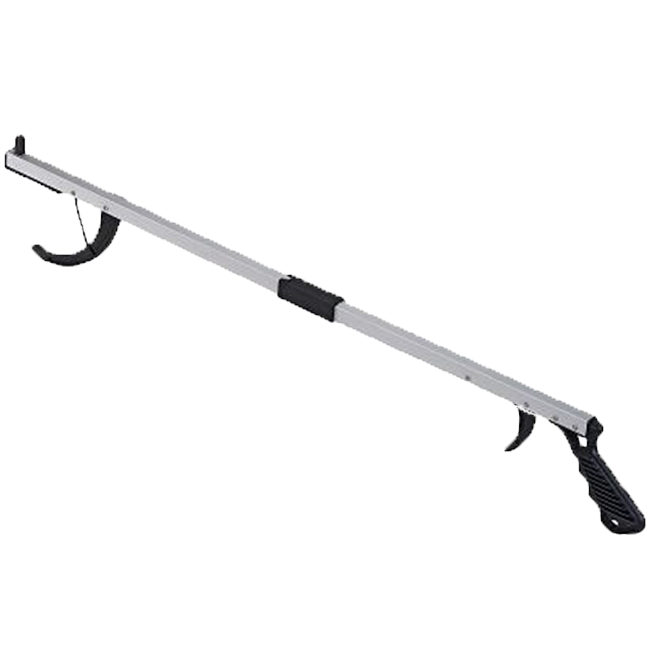
Reaching devices enable people who are less mobile, agile or steady on their feet to reach out for things without needing to call for assistance.
Reaching devices are commonly operated through a squeezing motion. The claw may have interlocking tips to improve grip on objects such as clothing or towels, and they sometimes have a magnetic tip to collect small metal objects such as coins or paperclips.
Mobility Aids
Mobility aids play an important part in maintaining independence for a variety of individuals. Whether they have had an accident, are living with a disability or simply growing older, the simple task of walking from one part of the house to another, or making a trip down to the shops can be inhibited by limited mobility.
Take a look at some of the common mobility aids you will see in a healthcare setting:
Walking Stick
.png)
Commonly used to provide additional stability for those who are unsteady on their feet. The stick should be tall enough so that the person’s arm is slightly bent when in use.
Crutches
(1).png)
Commonly made from aluminium with an arm band and hand grip to provide comfort, support and stability and suitable for people with a leg injury. Individuals are usually given two crutches allowing them to put their full weight through the handgrips alleviating weight and pressure from the injury.
Walker
(1).png)
Commonly used by people with decreased strength, range of motion, instability, or decreased endurance. Most walkers have a well-padded seat, basket, safety brakes, height adjustable handles and commonly fold down making them easy to transport.
Wheelchair
.png)
There are three common types of wheelchairs. Firstly, self-propelled wheelchairs are often used by paraplegics or those with lower body injuries preventing them from weight bearing. Secondly, attendant propelled wheelchairs which are often used in a hospital setting to transport clients within the facility or for young children, and thirdly, electric wheelchairs, often used by people who have had a stroke or are severely disabled.
Complete the following Reading, then respond to the Journal Reflection below.
Reading
Robinson, C. (2013). 3 mobility aids for promoting independence outdoors. Retrieved from https://theworkingcaregiver.org/2013/08/05/3-mobility-aids-for-promoting-independence-outdoors
Journal Activity
Consider a client you care for who uses a mobility aid.
Discuss what this aid is and how it enables them to be more independent in their day to day activities.
We have previously talked about adaptation when discussing principles of maximising independence, but let’s look at it now as a technique.
Task adaptation is typically a response to challenges experienced during a task. Challenges could be as a result of physical, cognitive or environmental changes. To adapt a task means to make it suitable to the situation. In this case, that would mean making it suitable to someone’s capabilities or environmental context.
There are a couple of key concepts we need to consider here. The first is the need to achieve a “just-right-challenge” (Townsend & Polatajko, 2007, p 117). The just-right-challenge is the fine line between the person’s skills and the task at hand. We play a role in adapting the task to a point where we are not robbing the client of an opportunity to be independent, but nor are we leaving them so unsupported that they are unable to complete the task at all. The second is the importance of maximising choice. Task adaptation will often come down to making decisions over what a client can and cannot do. In the process, we can provide opportunities for clients to choose what is meaningful to them.
Watch the video below for an example of task adaptation to achieve a just-right-challenge which maximises choice, and still upholds what is meaningful to the client:
ADD VIDEO HERE
Journal Activity
The video portrays a clear example of task adaptation, and the importance of maximising independence in tasks that are meaningful to the client.
Identify a task or an activity that is meaningful in your life and give one reason why.
As a person’s health changes, there are modifications that can be made to their environment which continue to maximise independence even after these health changes have occurred. These modifications could be minor, such as improved lighting or changing the position of someone’s bed, or major, such as installing ramps or grab rails in someone’s home.
Take a look at some of the environmental modifications which maximise independence, commonly found in a healthcare setting:
Access to the home

Includes railings and ramps at the front entrance (permanent or temporary), automatic doors, widened door frames, and an automatic light which illuminates the entrance and walkway at night time.
Access within the Home
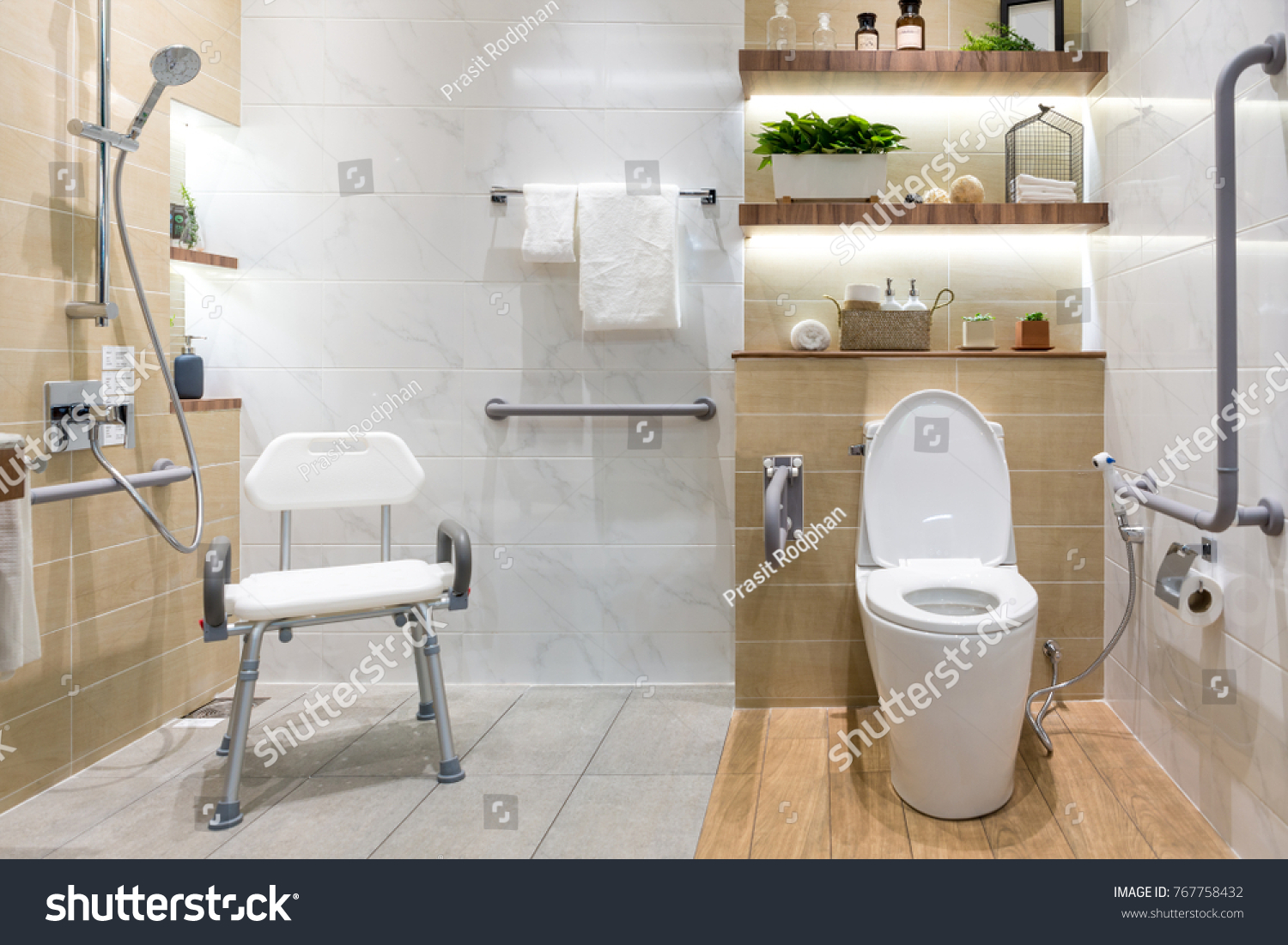
Includes removing rugs and other trip hazards, installing adequate night lighting, which could include the installation of a night light, bedside touch lamp or more effective overhead bulbs, widened hallways, a modified bathroom which enables level access to the shower area and grab bars where necessary, or repositioning furniture to improve accessibility.
Routine
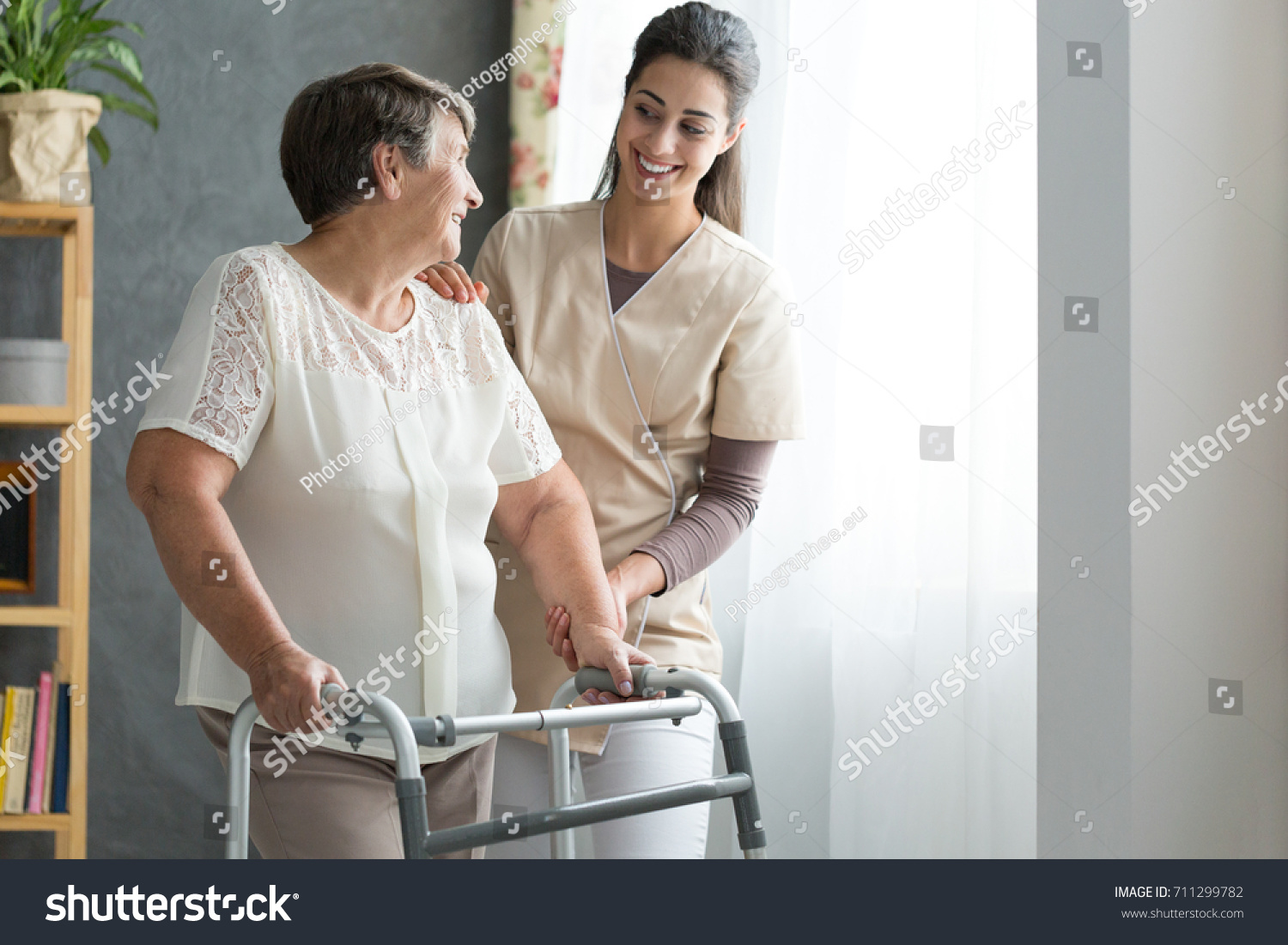
Staff routines often dictate when different care tasks are conducted. Healthcare Assistants should be flexible and adaptable to allow ample opportunity for clients to be independent. A slight adjustment to the Healthcare Assistant’s routine could mean the difference between a client preparing their meal independently, or needing your support due to the time of day and feeling fatigued.
Journal Activity
Choose an environmental modification that you have seen one of your clients or family members use (e.g. railings and ramps, sensor lights, modified shower, widened door frames and hallways, furniture modifications like the improved accessibility to drawers, cupboards or shelves). Discuss two ways this modification has enabled the client or family member to become more independent in their daily activities.
Now that we have discussed some of the different approaches to maximising independence with clients, let us take the opportunity to apply them in practice.
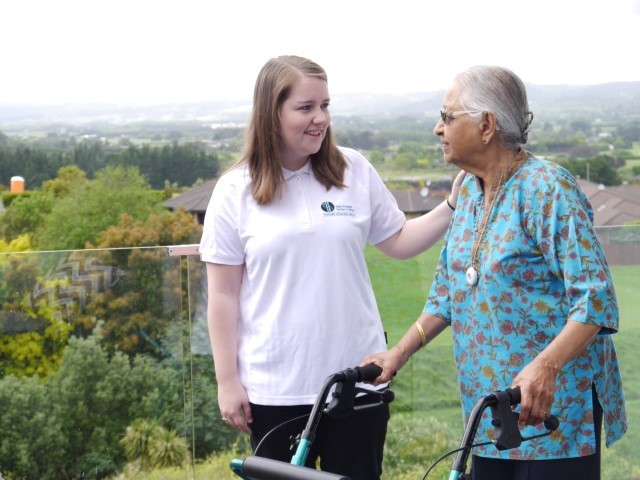
Journal Activity
Select one technique from each of the three approaches discussed: assistive devices (section 2.1), task adaptation (section 2.2) and environmental modifications (section 2.3).
Discuss how you can apply it to the following scenario:
Mrs Denvon recently had a hip replacement. She now uses a walker and is unsteady on her feet.
Feel free to make any assumptions required to apply your chosen techniques to this scenario.
